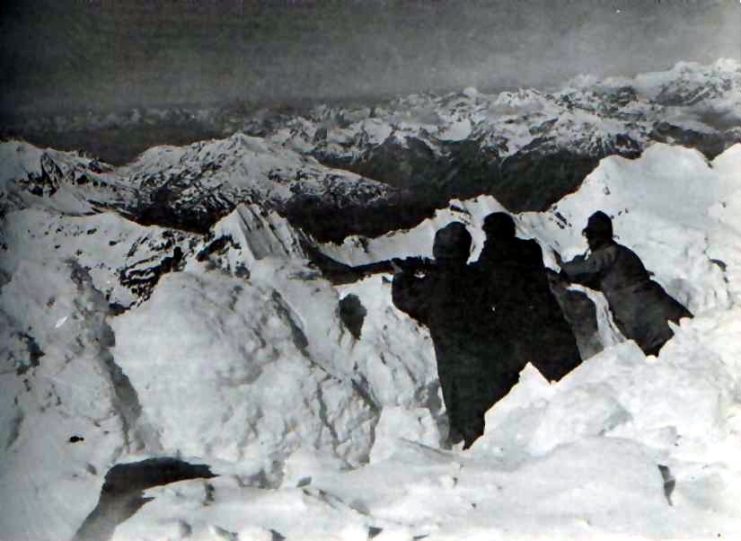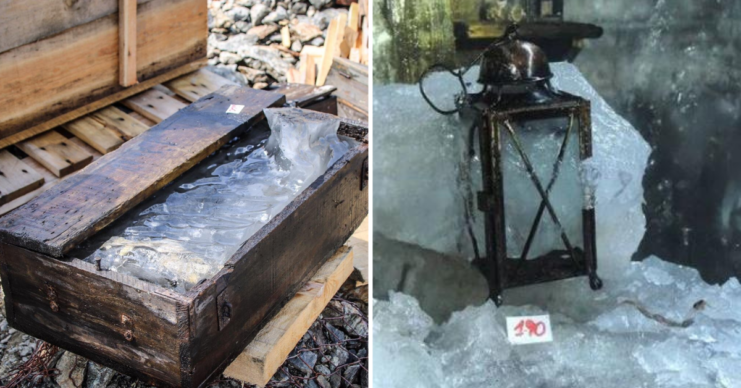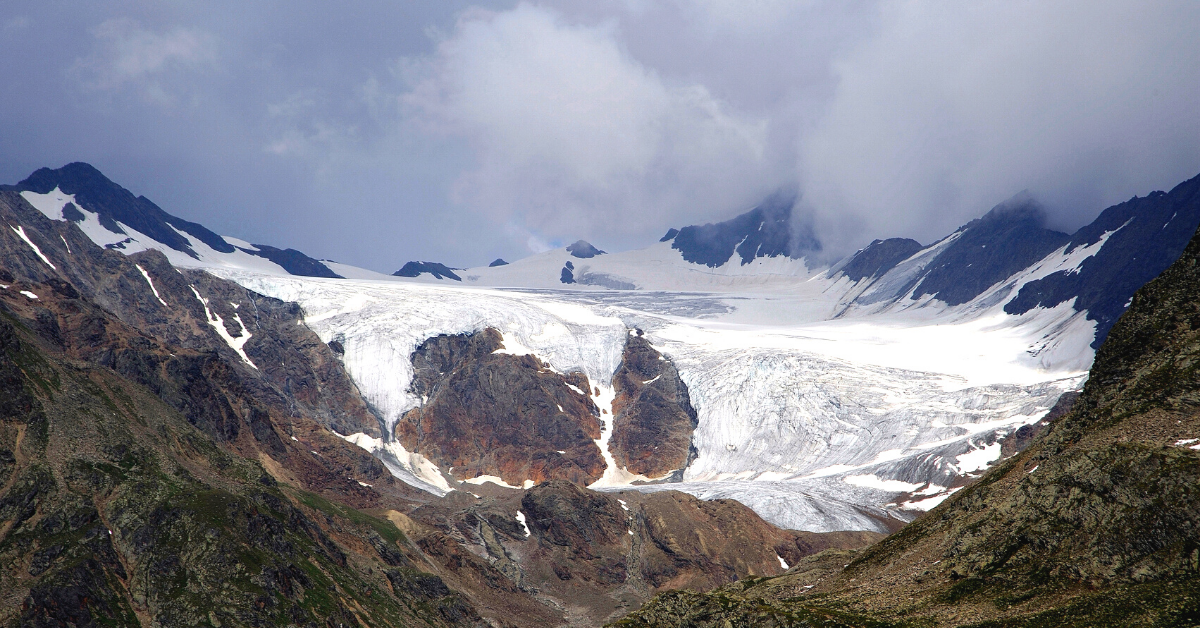A melting glacier in northern Italy has revealed a cave shelter containing lost WWI artifacts. It was once the home to 20 Austrian soldiers who served on the Italian Front during WWI, on Mount Scorluzzo.
The melting glacier hid a snapshot of the past
The Italian Front, also known as the Alpine Front, saw Italy and Austria clash on the border high up in the frozen mountains. The conditions were harsh, and troops on both sides attempted to take control of the area, with combat eventually breaking down into trench warfare. Italian troops made offensives again and again with little effect, crippling their morale and resulting in many mutinies.

The intense fighting led to trench warfare, which in turn led to tunneling into the mountains to give the troops shelter and cover from enemy fire. Both Austria and Italy employed highly skilled miners, working at extreme altitudes and low temperatures to burrow into the rock. At one point in the war, man-made and natural avalanches killed 10,000 troops on both sides.
Shelters weren’t the only construction projects bored into the mountainsides. Engineers also began digging mines under no-man’s-land and packing it with explosives below enemy positions. The Italians had a slight edge until 1917 when Germany sent reinforcements to Austro-Hungary’s aid.
This helped push the Italians back a considerable distance until the German and Austro-Hungarian advance outran their own supply lines, which allowed Italy to regroup and defend strategic locations and repel the advance.
The cave was known about beforehand, but the un-melted glacier previously prevented access until 2017. It is located 3,094 meters (10,151 feet) up on Mount Scorluzzo and was inhabited at the start of the Alpine Front. The Austrian troops made sure it was completely hidden from Italian eyes during the war.
Inside the cave
Inside the shelter, evidence of century-old activity was found, including bottles, food, ammunition, helmets, tins, and items of clothing. The basic items discovered were a grizzly reminder of the difficult lives these troops must have lived, braving the extreme conditions with primitive supplies. On the mountains, the temperature can drop to as low as -40 degrees Celsius in winter.

Historian Stefano Morosini says, “Soldiers had to fight against the extreme environment, fight against the snow or the avalanches, but also fight against the enemy.” He adds, “The artifacts are a representation, like a time machine, of…the extreme conditions of life during the First World War.”
More and more artifacts are found in the area every summer, including two bodies that were revealed by the melting glacier five years ago. Excavation work has taken place every July and August since 2017, slowly revealing more and more about the cave, having now removed around 60 cubic meters of ice.
So far, 300 items have been found, and they will be preserved and displayed at a World War I museum in the northern Italian town of Bormio in 2022.
More from us: Missing U.S. Army Plane Discovered in Melting Swiss Glacier
The museum’s press release states, “The findings in the cave on Mount Scorluzzo give us, after over a hundred years, a slice of life at over 3,000 meters above sea level, where the time stopped on November 3, 1918, when the last Austrian soldier closed the door and rushed downhill.”
Over the last 100 years, glaciers all over the Alps have receded from climate change. Two kilometers of Forni, Italy’s largest valley glacier, have been lost in the past 150 years.
